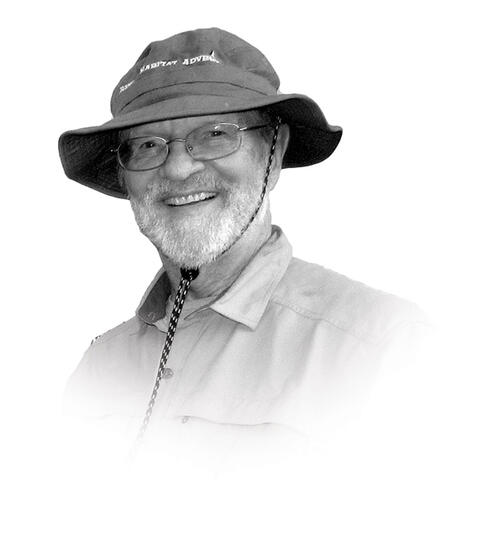You’re an adventure traveler and enjoy spending time in the great outdoors. When and how did that start?
I grew up in the suburbs of St. Louis and spent a lot of time outside. But what really got me hooked on nature was a trip to a summer canoeing camp in Ontario, Canada, when I was 11. We would go out on canoe trips for three to 10 days, and I loved camping and experiencing the unexpected in nature. Once I was able to travel on my own, I went wilderness canoeing and camping, primarily in Quetico Provincial Park in Ontario, almost every summer for decades. I’ve probably gone 25 different times.
Those trips evolved into a sort of family ritual, right?
They did. When I got married, my wife and I would go with other couples. Then, once we had kids and they were old enough, my wife would insist that they go with me. When our kids got married, they sent their spouses out with me. And then I canoed with the grandchildren. Some family members loved it as much as I did and some didn’t, but it has been a ritual for three generations.
What drew you to WWF and the pilot project you’re supporting in St. Louis?
In the past 100 years, humans have depleted our planet’s resources much more quickly than they can be replenished. The future is in our hands. We can destroy the planet, or we can preserve it. I like the way WWF is looking at innovative solutions like soilless indoor urban farming—a pilot project WWF is leading that aims to grow more food in less space with fewer chemicals and less water. It’s ideas like this, spurred on by human ingenuity, that are key to saving our planet for future generations.




